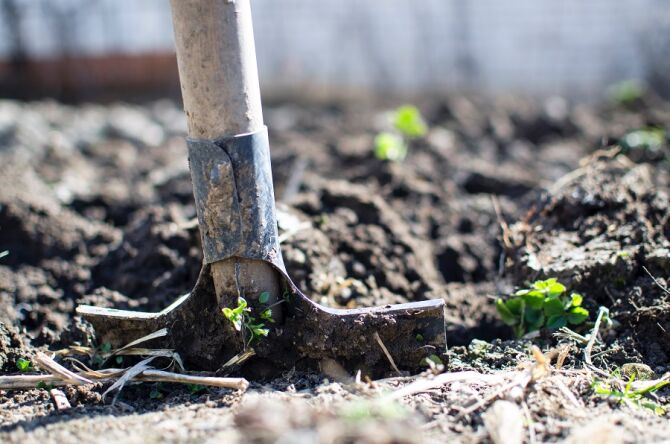About Us
Tips for a Low-Maintenance Garden
Do you prefer taking time out in your garden as opposed to tending it? Or maybe you’re away for long periods of time and want an outside space that will look good without lots of upkeep? Then we have good news for you: there are plenty of ways to create a horticultural oasis that requires very little maintenance. Keep reading for some handy hints!

Think About Design
Which features are the most important to you? Just because you don’t want to spend hours each week in your garden doesn’t mean you can’t have a vegetable patch, for example - you’d just need to cut down on other things (e.g. by getting rid of a planted border). You can also make certain tasks less labour intensive by looking carefully at the overall structure of the garden: adding a conveniently-placed storage trunk for your tools, installing a water point in a central location, or even investing in an automatic irrigation system.

Do You Need a Lawn?
A lawn can be a wonderful feature - but can also be very time-consuming to maintain. One easy way to cut down on gardening chores is to replace your lawn completely with lower-maintenance options like paving or decking. Or, if you prefer the lawn ‘look’, there are some very convincing artificial options: these can be costly, but last for a long time with little upkeep.
Alternatively, you could pave around the lawn - removing all border planting areas, for example - so that the lawn is the only area that requires real maintenance. You can create a statement look by using decorative or coloured stone in place of plants.
Keen to chop gardening time even more? Invest in lawn edging. Tending to the edge of your turf can be time-consuming, but simply installing some wooden or stone edging will keep your grass looking neat and tidy (this also removes the risk of grass spreading beyond its borders in an uncontrolled way).

Plants
There’s no such thing as a ‘no-maintenance plant’, but there are several shortcuts you can take. First of all, you could simply stick to a few key plants: this will reduce maintenance, as your routine will be simpler, and it’ll also pare back the time spent on weeding (because you’ll be able to spot weeds more easily).
Choose wisely, too. Conifers, grasses, shrubs and hardy evergreens all look great and don’t require huge amounts of care. Make sure you consider the space you have available and the soil type, too, to ensure the plants thrive and don’t require too much pruning.
You’ll need to devote a bit of time early on to prepping the soil and making sure your new plants are adequately watered - this will lay a solid foundation for the future whilst the plants ‘take’, rewarding you with a verdant, low-maintenance garden in years to come.
Fancy bringing the outside in with you? Don't forget houseplants - there are plenty of low-maintenance options to consider! Our helpful blog, 'Indoor Plants for Beginners', has some great tips.

Things to Avoid
If you’re hoping for a garden that gives maximum effect for minimal effort, there are some real no-nos - such as:
Opting for lots of containers. Plants in containers look deceptively simple, but in reality these require a lot of maintenance: regular feeding, watering, and even repotting. Larger planters with lots of compost are the ones to go for if you are set on containers, as these will dry out less quickly.
Certain hedges. Whilst hedges can sometimes be a preferable alternative to wooden fences (which require weather-proofing, stripping and repainting now and then), if you choose fast-growing specimens you’ll need to spend a lot of time clipping and pruning! Best avoided.
Semi-mature plants. It can be tempting to want to create an ‘instant’ garden by buying a large, semi-established plant - but this can be a real trap. Often these kinds of plants require a lot more maintenance to get going and to keep in optimum condition. Younger plants tend to be more forgiving.
Tender (perennial) plants. These sorts of plants cannot withstand winter conditions (like frost), so you’ll need to adopt a fairly intensive, seasonal regime (involving winter wrapping, annual propagation, and even moving certain specimens to a protected environment during the colder months). Opt for hardy plants that can be left outdoors throughout the year and you’ll have far less to worry about.
Looking for more easy revamp tips? Have a read of our recent blog: 'How to Refresh Your Home on a Budget'. Or, if you've got any pointers to share, please check us out on Facebook or Twitter - we'd love to hear from you!









 london
london














